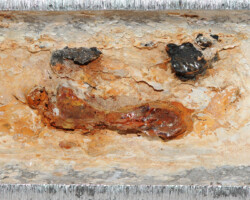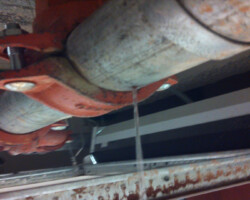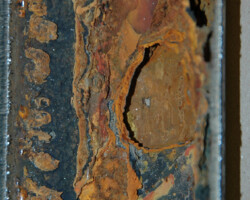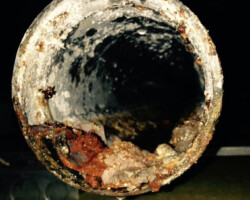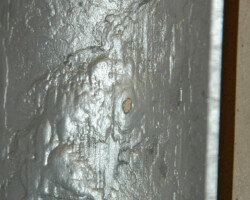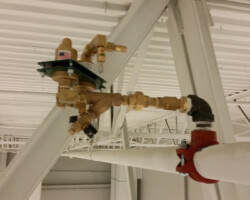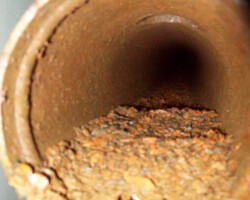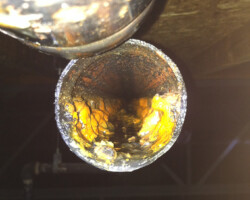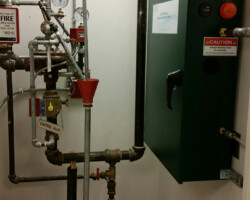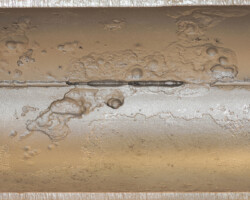Fire Pumps
Fire pumps are an essential component of any fire protection system, designed to ensure an adequate water supply is available in the event of a fire emergency.
They are typically required in buildings where the water supply provided by the municipal system is insufficient to meet the demands of the fire sprinkler system. Fire pumps are critical in maintaining the required water pressure and flow rate to effectively suppress a fire.
Fire pumps are most commonly found in commercial, industrial, and high-rise residential buildings, where the size and complexity of the fire protection system necessitate their installation. These buildings often have extensive fire sprinkler systems, standpipes, or fire hydrants, which require a reliable water supply to operate effectively. Examples of buildings that typically require fire pumps include office buildings (specifically including high-rises), shopping malls, hospitals, warehouses, airports, and large residential complexes.
There are several reasons why you would want a fire pump installed in your building. First and foremost, it ensures the safety of occupants by providing sufficient water pressure and flow to suppress a fire effectively. Without a fire pump, the fire sprinkler system may not function optimally, leading to inadequate fire suppression and potential property damage or loss of life. Additionally, having a fire pump installed can help meet local fire code requirements, ensuring compliance with regulations and avoiding potential penalties or legal issues.
Fire pumps should be inspected and tested regularly to ensure their proper functioning.
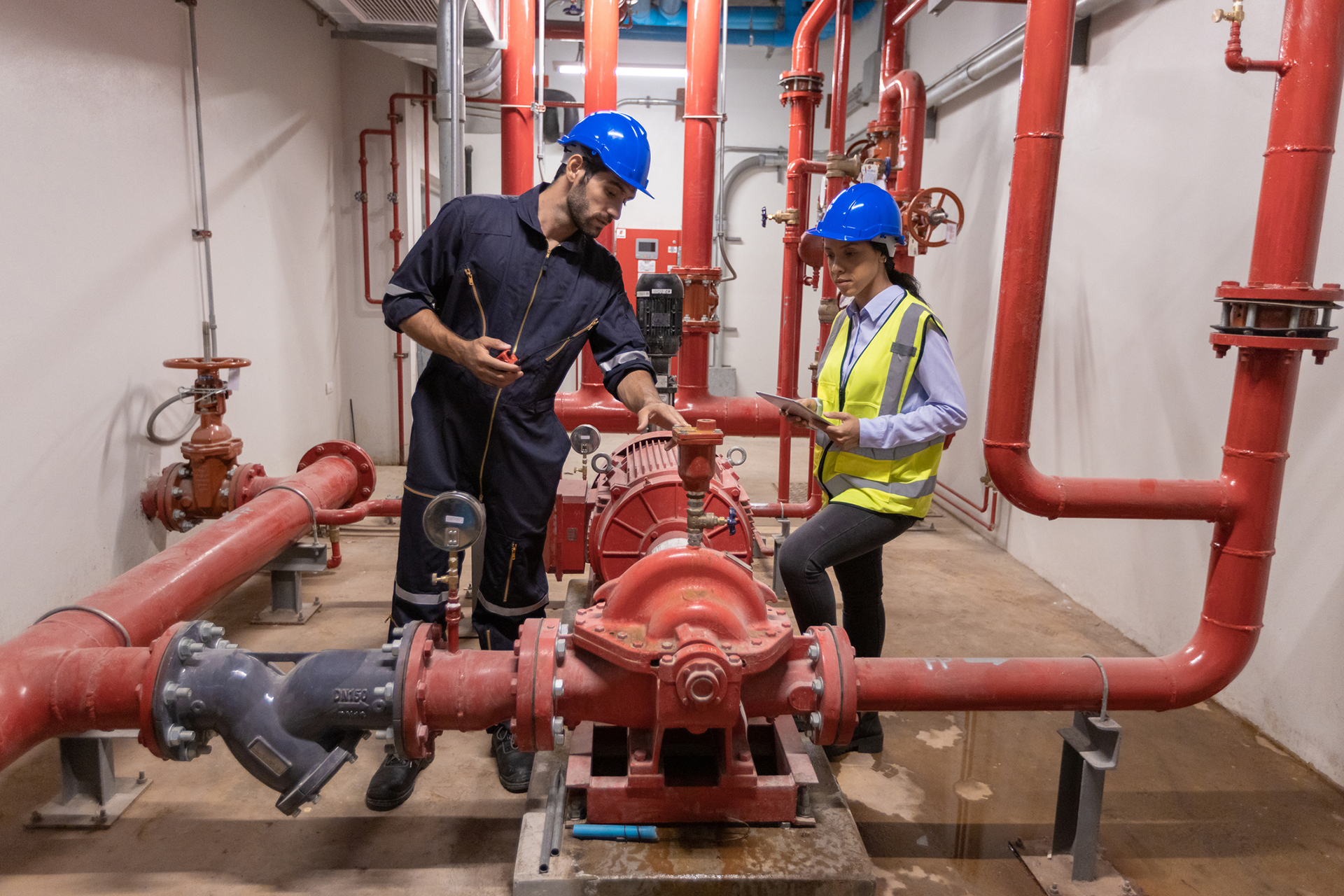
The National Fire Protection Association (NFPA) provides guidelines on the frequency of inspections and testing, typically recommending weekly, monthly, annual, and five-year intervals. Weekly inspections may include checking pump status indicators, lubricating bearings, and testing the pump controller. Monthly inspections involve checking for leaks, testing alarms, and exercising valves. Annual inspections involve a comprehensive examination of the pump, including flow and pressure tests, and checking the alignment of the pump and motor. Every five years, a more in-depth test is conducted, which may involve disassembling the pump and testing individual components.
The most common reasons for failure or deficiencies in fire pumps include lack of maintenance, improper installation, and electrical or mechanical issues. Lack of regular maintenance can lead to issues such as clogged filters, worn-out parts, or degraded performance. Improper installation, including incorrect sizing or improper alignment, can result in reduced pump efficiency or even complete failure. Electrical or mechanical issues, such as motor failures or control system malfunctions, can also lead to pump failure. Regular inspections, testing, and maintenance can help identify and address these deficiencies promptly, ensuring the fire pump is always ready to perform its crucial role in fire protection.
Contact Columbia Fire today to have one of our trained and qualified sprinkler fitters inspect, test, repair, and/or maintain your fire pump. This is one of the most critical components of the fire systems, and you want our highest quality, skilled, and knowledgeable representatives to keep you compliant, safe, and operational.


